

How the Climate Innovation Challenge Transformed My Classroom
By Morgan Baker
Greetings CIC Community,
I’m Morgan Baker, Education Director at CAVU and an educator by trade. Before joining the CAVU team this summer, I spent seven years teaching middle school at Sage International School of Boise in Boise, Idaho. It was there, in 2021, that I first introduced the Climate Innovation Challenge (CIC) to my 6th and 7th grade Design students. For the past four years, I watched CIC completely transform my classroom—becoming the most-requested and most-impactful project year after year.
When I first brought CIC into my classroom, I knew it would align with our project-based learning model. What I didn’t anticipate was how deeply motivating, rigorous, and transformational the experience would be. CIC turned climate change—a topic often discussed in abstract or daunting terms—into something hopeful and empowering. My students became drivers of real change in our school, city, and state. They grew into storytellers and advocates by becoming experts in their own experiences with our changing climate.
Students found their “entry points” to climate action through the things they loved most—mountain biking in the Boise foothills, skiing at local ski hill Bogus Basin, or protecting Idaho’s cherished species like elk, mule deer, sage-grouse, salmon, and black bears. Others connected their passions for dance, music, gaming, animation, or martial arts to climate storytelling. They discovered that anything, when it’s something you care about, can become an entry point to climate action.
“CIC was my favorite unit because it taught me so much about climate change and how I can be part of the solution. Also, it was so much fun to make a video and share it with others!”
6th Grade Student
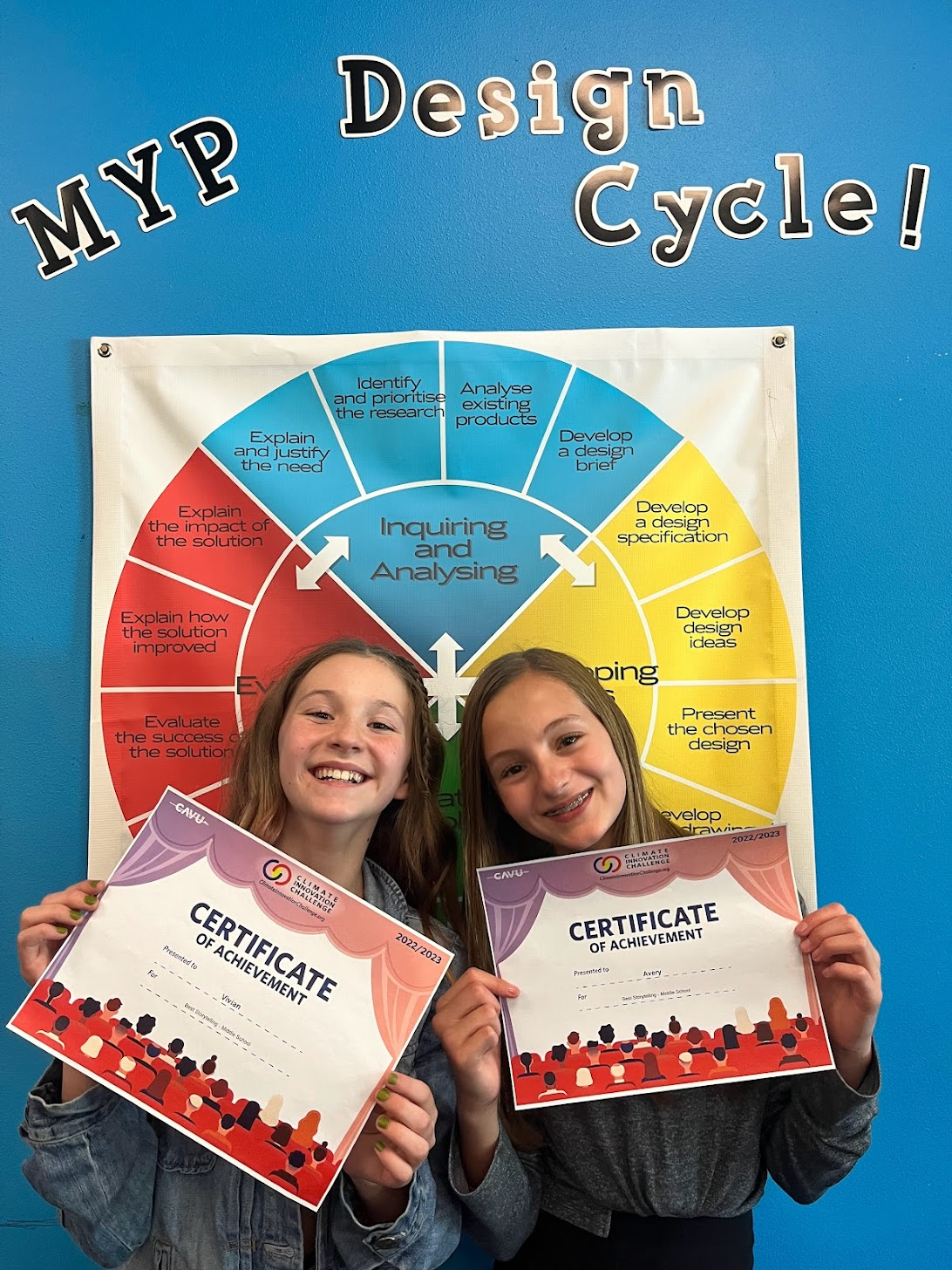
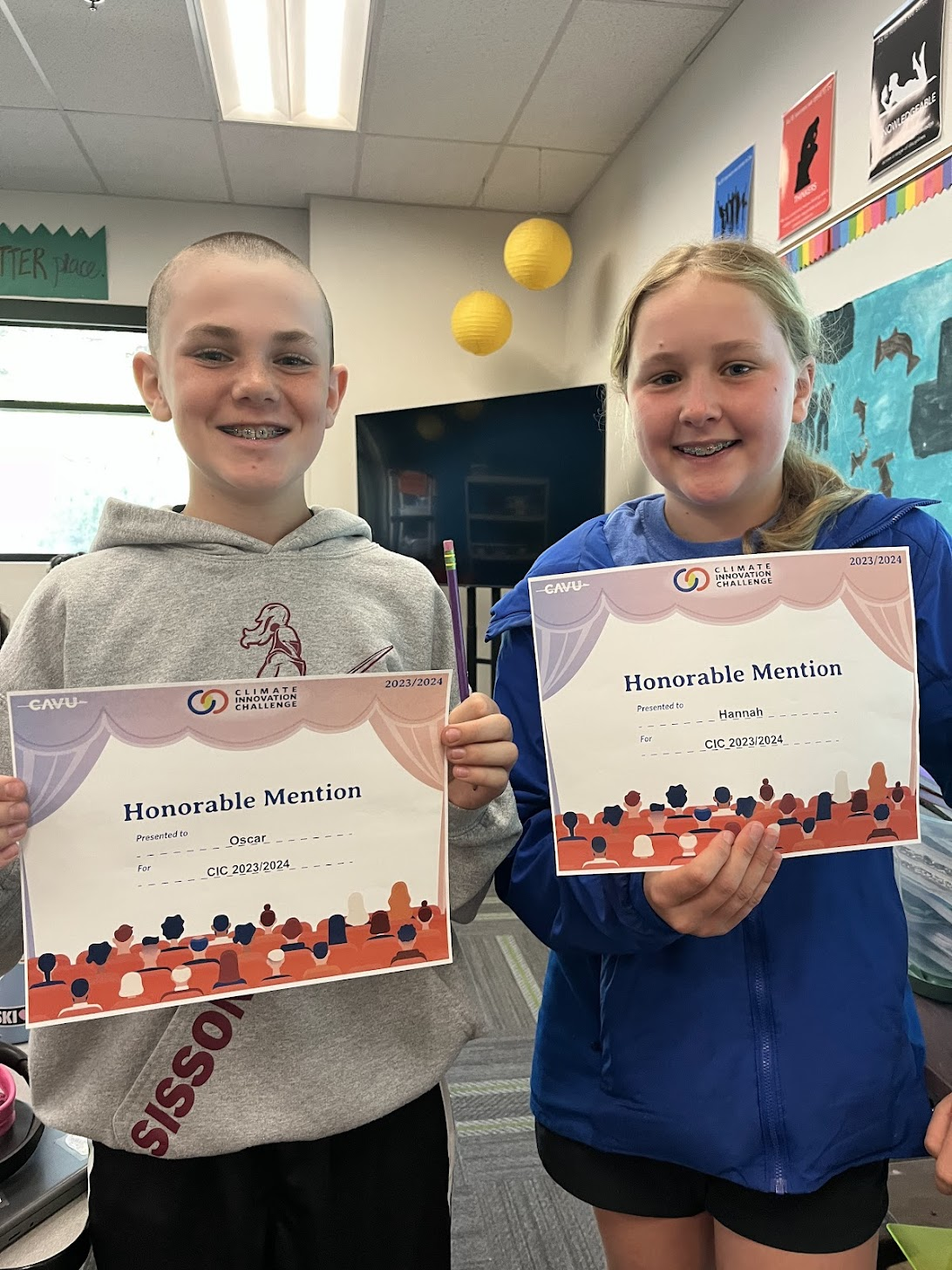
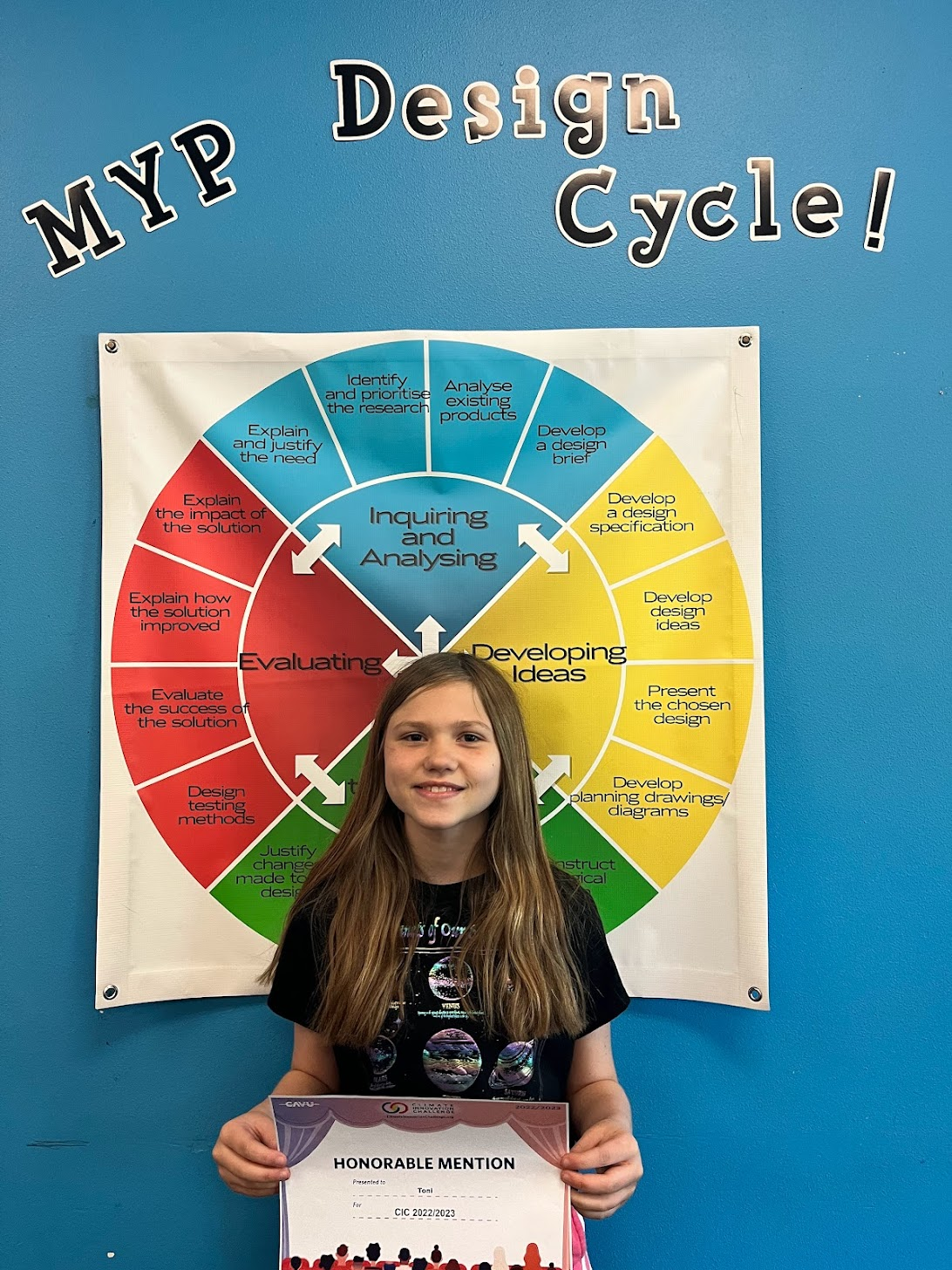
From there, they dove in: interviewing local experts, volunteering with nonprofits, leading service projects, organizing trash cleanups, and teaching younger students about their findings. They explored how Boise’s hot, dry climate and surrounding ecosystems can adapt to change through creative solutions like rooftop gardens, controlled burns, and wildlife bridges.
The Climate Innovation Challenge is far more than a classroom project, it’s a chance for students to see themselves as active participants in the urgent and hopeful work of addressing climate change. It gives them the opportunity to create something meaningful, share it with a global audience, and realize that their voices matter.
As one of my 6th graders put it best:
“CIC was my favorite unit because it taught me so much about climate change and how I can be part of the solution. Also, it was so much fun to make a video and share it with others!”
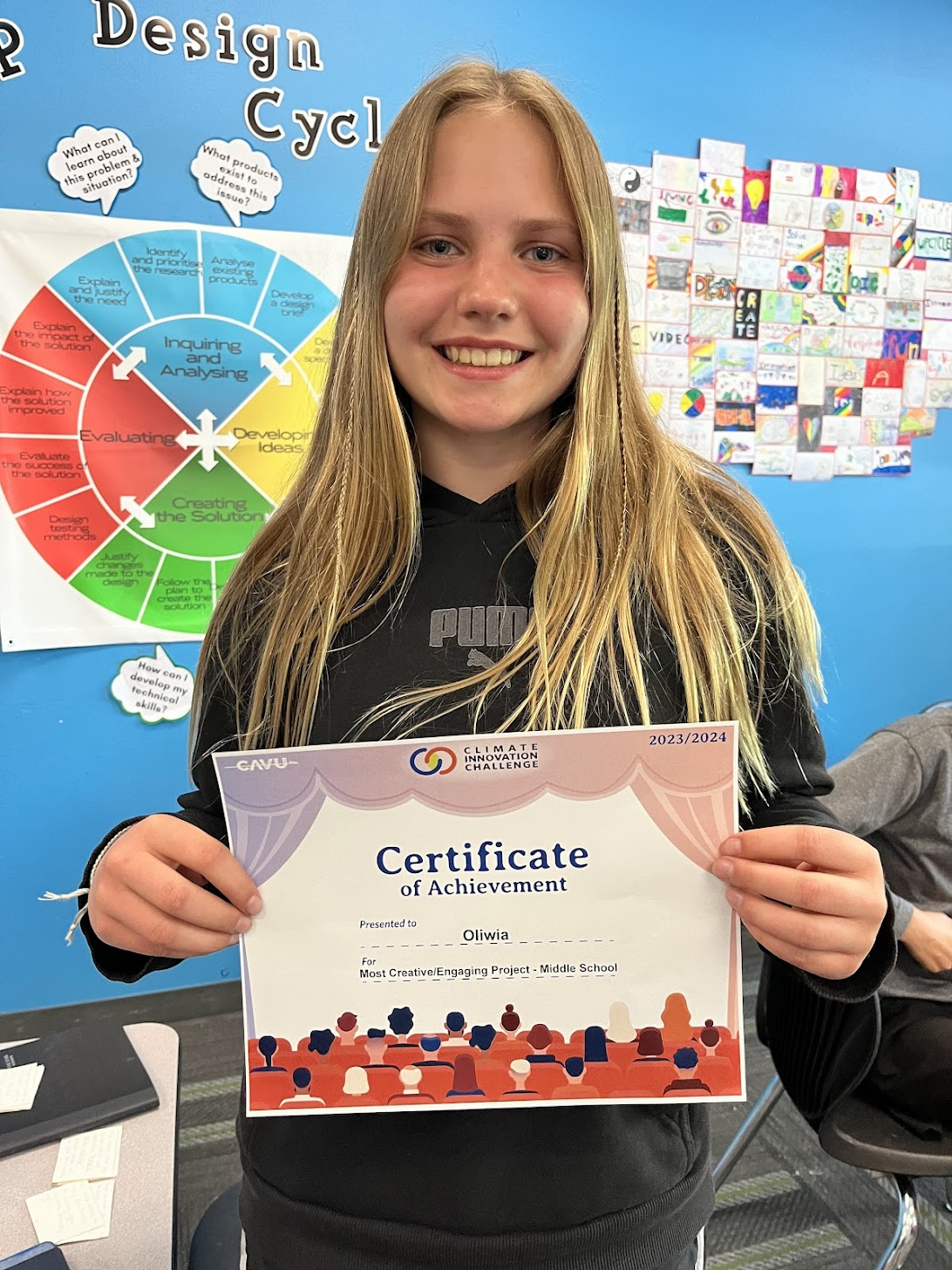
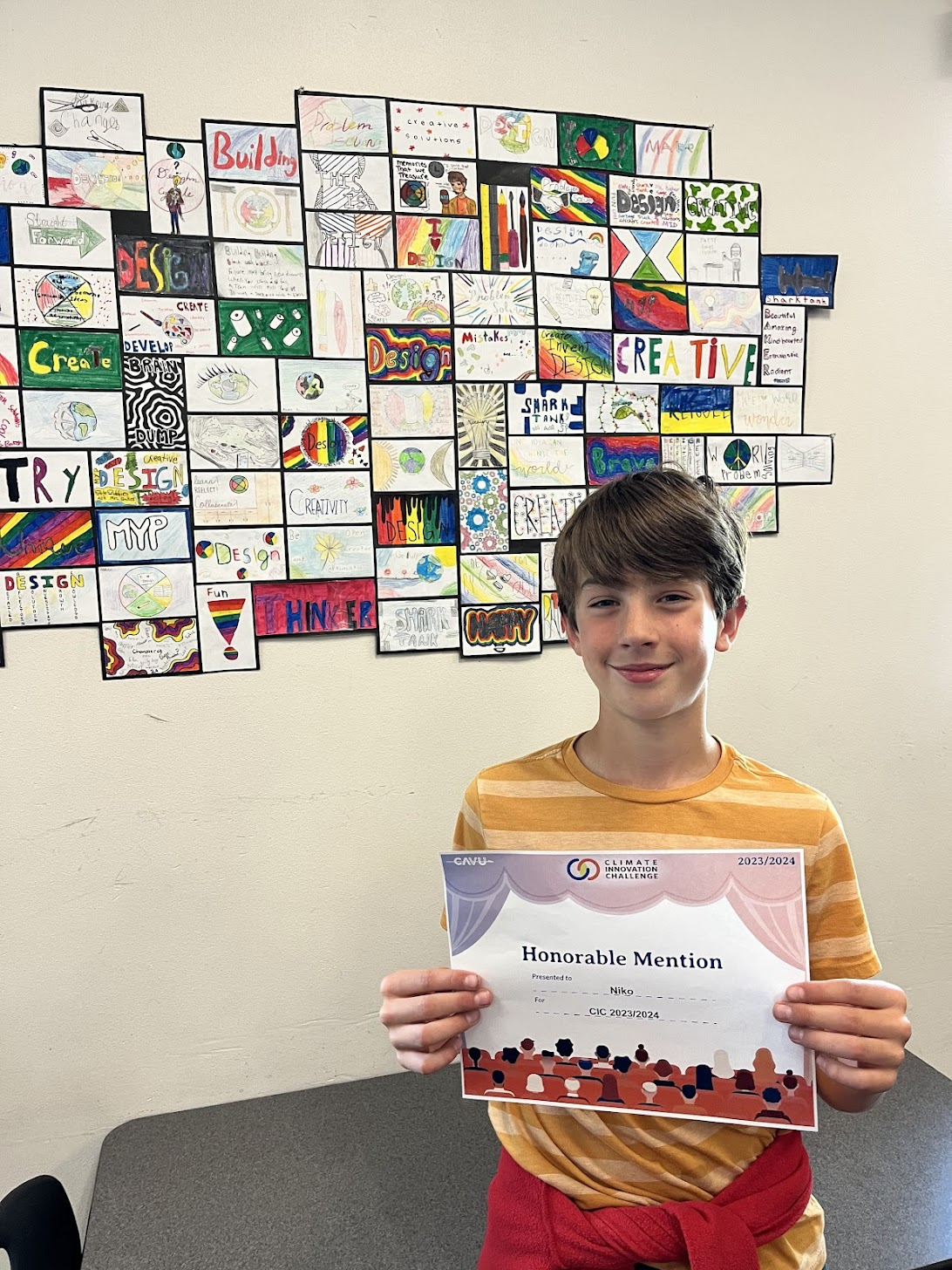

Hi, I’m Morgan!
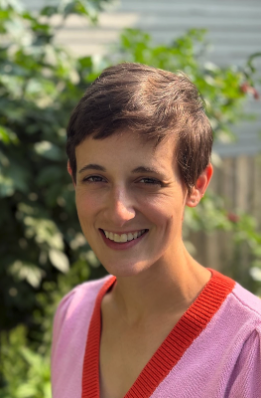
Morgan began her teaching career in Milwaukee, where she taught 6th grade at a Title I school. She then relocated to Boise, where she spent seven years teaching 6th and 7th grade Design at a public charter school. It was there, in 2021, that she discovered the CIC and introduced it to her students. The project quickly became a highlight of her curriculum—enthusiastically requested by students year after year—and evolved into a cornerstone of her classroom. Over time, Morgan also collaborated with CAVU staff on CIC curriculum revisions, and while she’ll miss being in the classroom, she’s thrilled to join the team in a permanent role.
Morgan is deeply passionate about creating real-world, meaningful, and accessible learning opportunities, like CIC, for all students. She believes education is a powerful tool to help young people find their voice, understand their impact, and become active participants in shaping a more just and sustainable future. Outside of her work in climate education, Morgan enjoys spending time with her young daughter, Frankie, as well as running long distances, hiking, skiing, and cooking up new recipes.



